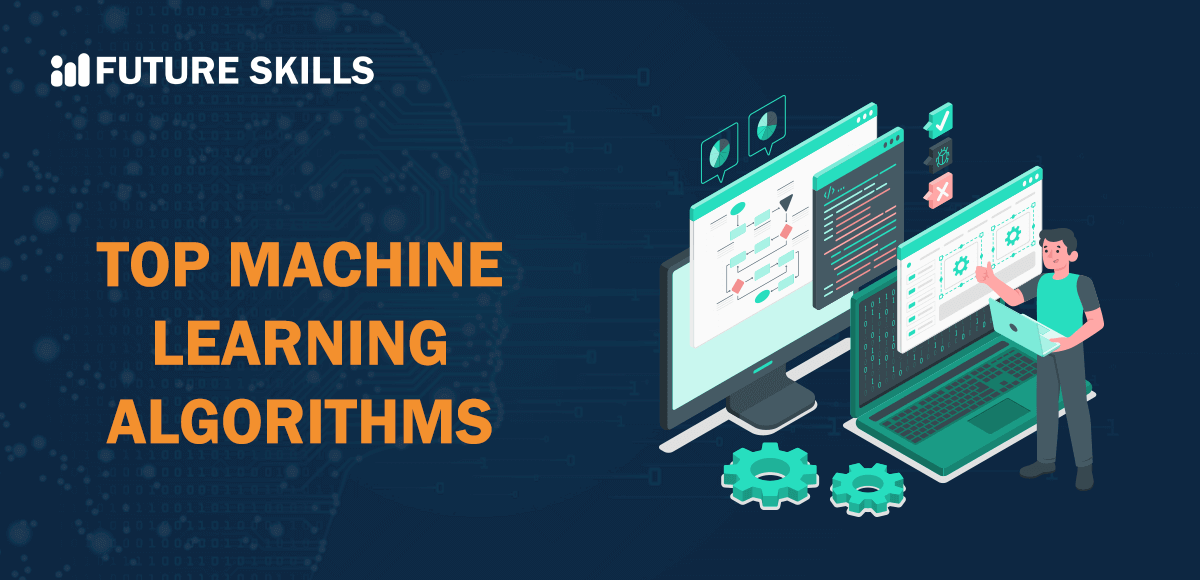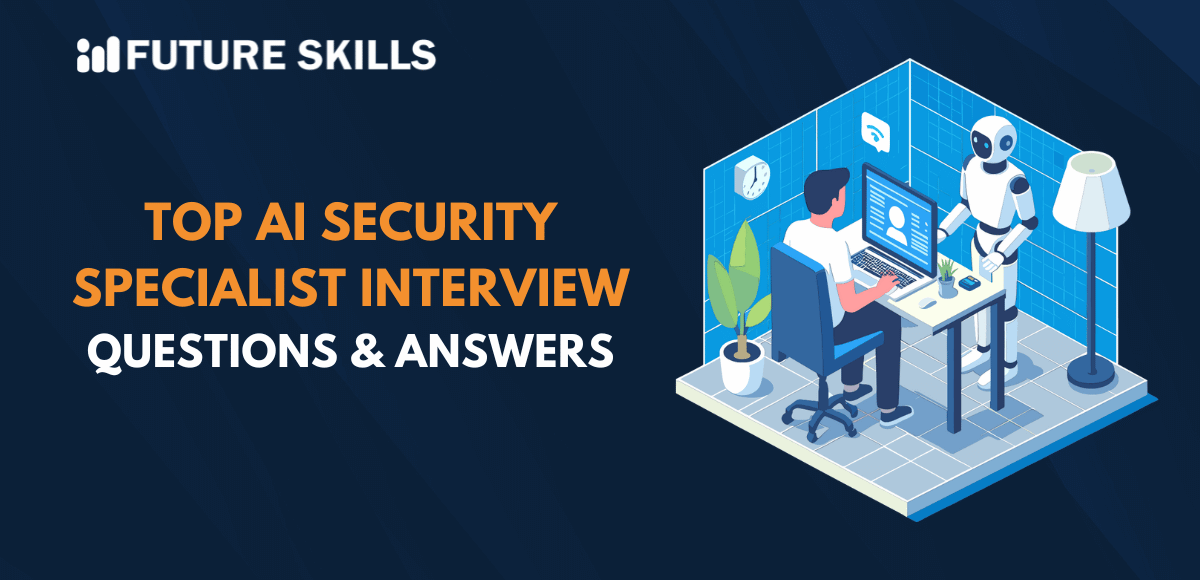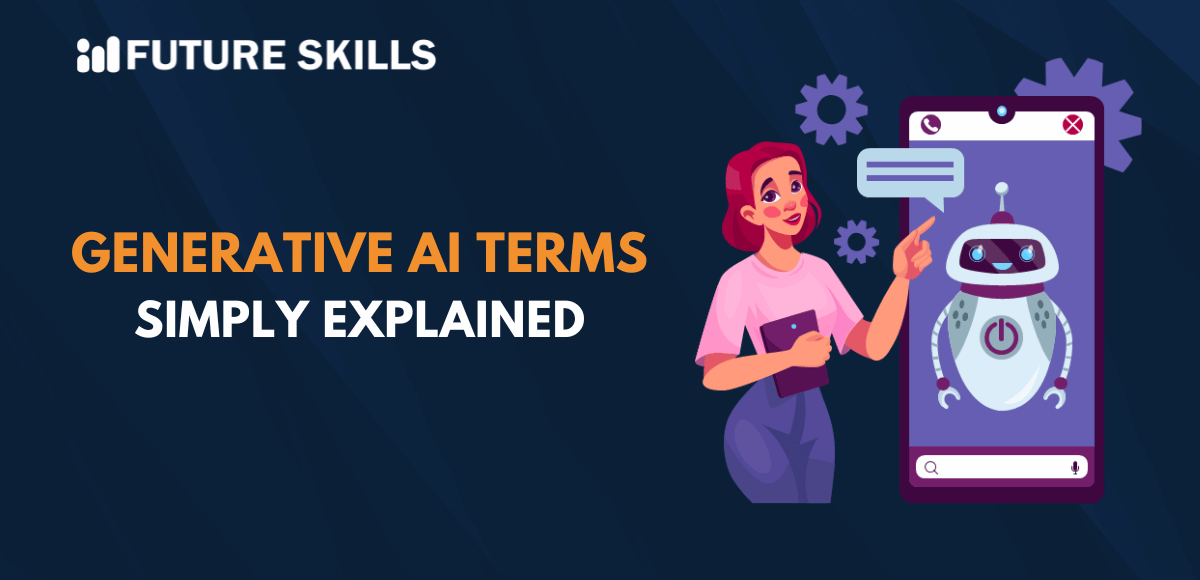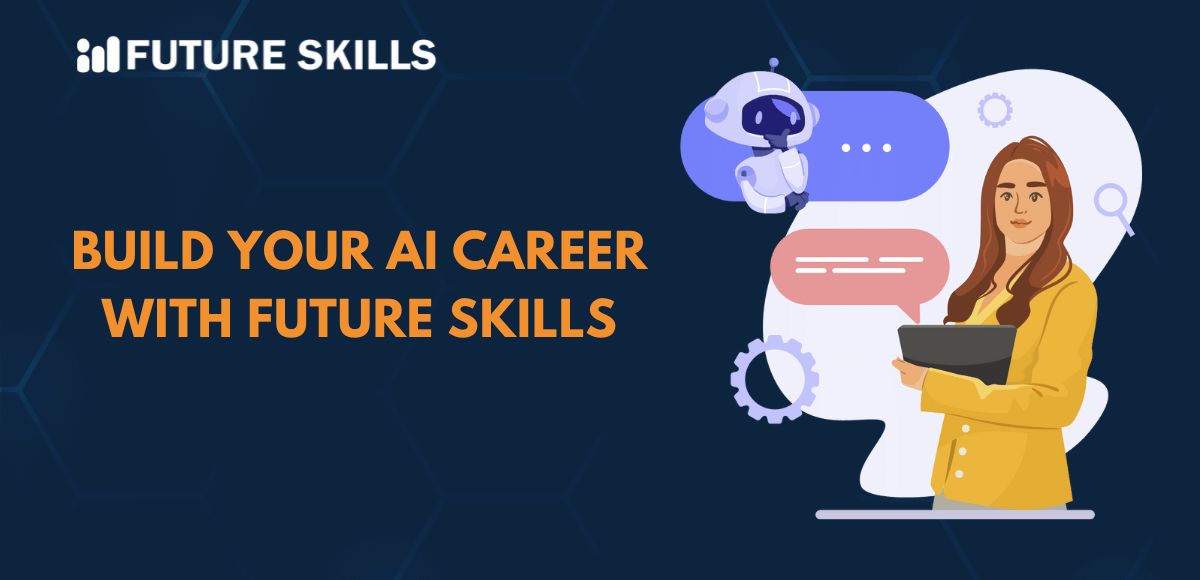Machine learning is the driving force behind most of the notable and popular use cases of artificial intelligence and data science. It is the technology that powers self-driving cars by Tesla and AlphaFold algorithm by DeepMind. The top machine learning algorithms have created a lot of hype with their results. However, the algorithms remain inconspicuous in the AI landscape.
You would find most people talking about AI chatbots and new capabilities of virtual assistants. On the other hand, there would be few people who would discuss machine learning algorithms. How do these algorithms influence the way machine learning works? Let us find the answer by learning about the top ML algorithms that you should watch out for.
Want to gain practical skills in using OpenAI API and implementing API calls to facilitate LLM interactions, Enroll now in the Certified Prompt Engineering Expert (CPEE)™ Certification.
What is a Machine Learning Algorithm?
Machine learning is a subdomain of artificial intelligence that helps machines offer predictions according to patterns they learn from data without relying on explicit programming. If you want to find the answer to ‘Which is the best algorithm in machine learning?’, then you must know the definition of ML algorithms and their significance. Machine learning algorithms are computer programs that can learn and understand patterns in their training data and predict potential outcomes. In addition, ML algorithms also ensure self-improvement on the basis of past experiences.
It is also important to note that all the entries in a machine learning algorithms list are not equal. You would come across the mention of the “No Free Lunch” theorem in machine learning, which implies that there is no ML algorithm that can work for every problem. Therefore, it is important to learn about different algorithms and pick the best one that resolves your problem.
Machine learning solutions can serve different types of activities ranging from analysis of X-rays to prediction of stock market prices. Market research reports suggest that the value of the worldwide ML market may cross $209 billion by 2029. The ML market can showcase such impressive potential only with the help of different algorithms.
Level up your ChatGPT skills and kickstart your journey towards superhuman capabilities with Free ChatGPT and AI Fundamental Course.
What are the Top Machine Learning Algorithms?
Machine learning algorithms are just like recipes that help computers learn and make predictions from data. Rather than providing explicit instructions to the algorithm, developers provide large volumes of data and allow the algorithm to interpret relationships, insights, and patterns independently. Here are some of the top ML algorithms that you should learn about.
1. Logistic Regression
Logistic regression is one of the best machine-learning algorithms for helping with binary classification tasks. It is useful in situations where you want to find whether a specific input belongs in one class. For example, a logistic regression algorithm can help in deciding whether an image contains a dog or does not contain a dog.
Logistic regression helps predict the probability of categorizing input into a single primary class. On the contrary, it generally helps classify outputs into two different categories by creating a threshold or boundary. Logistic regression is more useful for binary categorization as compared to predictive modeling. Therefore, it is the ideal tool for tasks such as medical diagnosis, image recognition, and spam mail detection.
2. Decision Tree
The next addition among machine learning algorithms is the decision tree, which is a supervised learning algorithm. It is useful for predictive modeling and classification tasks. The decision tree is a top addition among popular machine learning models, and its structure is similar to that of a flowchart. The structure of a decision tree involves a root node that asks particular questions about the data.
According to the answer, the data would then move across different branches to the subsequent internal nodes. The internal nodes further ask questions and move the data towards other branches. The process of transferring data continues until it reaches the final node or the leaf node, where you would find no further branching. Decision tree algorithms are capable of managing complex datasets with better simplicity and ease.
3. Gradient Boosting
Gradient boosting algorithms leverage an ensemble method that helps them create a sequence of ‘weak’ models. The models go through iterative improvements to develop a strong predictive model. Subsequently, the iterative process resolves the errors by models, thereby developing an accurate and optimal final model.
It is different from common machine learning models as gradient boosting algorithms are useful for managing large datasets and complex problems. It can combine predictions from different models and serves as a powerful predictive model. With every iteration, gradient-boosting algorithms focus on resolving the mistakes made in the previous models.
4. Support Vector Machine
Support Vector Machines, or SVMs, are supervised learning algorithms that help with predictive modeling and classification tasks. SVM algorithms are the top machine learning algorithms that can work with small amounts of data while offering the same reliability and performance. SVM algorithms create a decision boundary or ‘hyperplane,’ which serves as a line of difference between two collections of labeled data.
The primary goals of support vector machine algorithms revolve around identifying the best possible decision boundary. The algorithm searches for the widest space or gap between the classes, and any new data point on either side of the decision boundary can be classified on the basis of training dataset labels. You must also notice that hyperplanes can assume different shapes when they are plotted in three-dimensional space, thereby helping the algorithm manage complex relationships and patterns in data.
5. Apriori
The search for top ML algorithms can also lead you to the Apriori algorithm. It is an unsupervised learning algorithm and one of the best machine learning algorithms for predictive modeling. Apriori algorithm emerged as a promising tool for discovering association rules between item sets.
It is generally useful in pattern prediction and recognition tasks, such as understanding the possibilities of a customer buying a specific product after purchasing another. The algorithm works through examination of transaction data in relational databases by identifying frequently occurring items. The Apriori algorithm can help analysts uncover valuable insights from transactional data to make accurate recommendations or predictions.
6. Linear Regression
Linear regression is also one of the common entries among ML algorithms that power most of the AI systems. It is a top addition to any machine-learning algorithm list, and the supervised machine-learning technique can help forecast values falling within a continuous range.
Linear regression is a type of technique based on statistics and focuses primarily on the relationship between input variable and output variable represented on a straight line. Linear regression algorithms are more useful for predictive modeling and can help in understanding how changes in input variable influence the output variable.
7. Random Forest
A random forest algorithm is a collection of decision trees that can support predictive modeling and classification. It is one of the popular machine learning models for its unique structure. Random forest algorithms do not depend on a single decision tree. On the contrary, it combines the predictions from different decision trees to come up with more accurate predictions.
The algorithm leverages different decision tree algorithms by individually training them with random and different samples from the training data. Random forest algorithms can address the issue of overfitting that you might face with individual decision tree algorithms.
8. Naïve Bayes
Naïve Bayes is a distinct addition to the list of machine learning algorithms as it is a collection of supervised learning algorithms. It can help in creating predictive models for multi-classification or binary tasks. The Naïve Bayes algorithm leverages the Bayes’ Theorem and works with conditional probabilities. Naïve Bayes algorithms are ideal picks for document classification, sentiment analysis, email spam filtering, and many other tasks.
9. K-Nearest Neighbor
K-Nearest Neighbor or KNN is also one of the common machine learning models that you must learn about. It is also a supervised learning algorithm used for predictive modeling and classification tasks. The algorithm follows a unique approach in which it classifies an output according to proximity with other data points. According to the majority of the labels in the K nearest neighbors, the algorithm assigns classification to new data points. At the same time, KNN can also estimate the value of an unknown data point according to median or average of K’s nearest neighbors.
10. K-Means Clustering
K-means clustering or K-means algorithm is an unsupervised algorithm that you can use for pattern recognition and clustering tasks. The primary objective of the algorithm revolves around grouping data points on the basis of proximity to each other.
K-means clustering follows the same concept as KNN algorithm and relies on proximity for identification of patterns in data. K-means algorithm is useful for large datasets and can provide insights into inherent structure of data by clustering similar points. The algorithm is useful for different applications such as anomaly detection, customer segmentation, and image compression.
Final Words
The overview of the best machine learning algorithms in this list shows that you can find different types of algorithms. You could not rely on only one machine learning algorithm for all tasks. Each machine learning algorithm comes with unique traits, such as the difference in their training approach. On the other hand, it is also important to note the specific use cases for which you can leverage the different algorithms. Learn more about machine learning algorithms and their significance with comprehensive training resources now.





